-
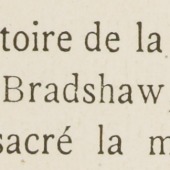
The first survey
-
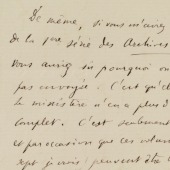
‘I shall bore you ...’
-
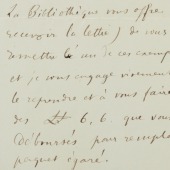
Uncertain times
-

The foundress and the breviary
-
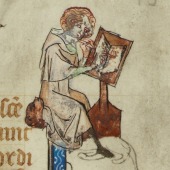
Leaves from the Breviary of Marie de Saint-Pol (1)
-
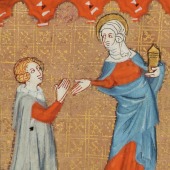
Leaves from the Breviary of Marie de Saint-Pol (2)
-
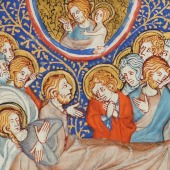
Leaves from the Breviary of Marie de Saint-Pol (3)
-
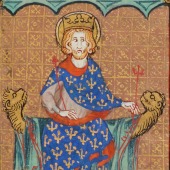
Leaves from the Breviary of Marie de Saint-Pol (4)
-
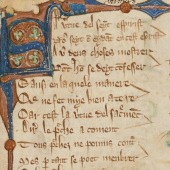
Morals and history bound together (1)
-
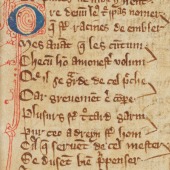
Morals and history bound together (2)
-
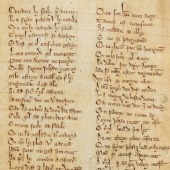
Morals and history bound together (3)
-

Portrait of Paul Meyer
The quest for medieval texts
The moving word
Marie-Paul-Hyacinthe Meyer (Paris, 1840–Saint Mandé, 1917) was a French philologist considered one of the fathers of twentieth-century medieval studies. He was director of the École nationale des Chartes from 1882 and co-founder of the journal Romania, the most influential periodical in the field of Romance studies. At just 25, he was sent to England as a member of the ‘Comité Impérial des travaux historiques et des sociétés savantes’, to locate, quantify and study manuscripts containing texts in medieval French. A year later, in 1866, he published a first report in the Archives des missions. In the following decades he would continue to explore the libraries of London, Oxford, Durham, Edinburgh, Glasgow, making frequent visits to Cambridge.
In the infamous 1898 trial of Alfred Dreyfus, accused of treason on trumped-up charges, Meyer played a key role as an acknowledged expert in handwriting. In Jean Santeuil, Marcel Proust describes the courtroom scene:
M. Meyer venant déclarer à la justice militaire et civile qui tient Dreyfus pour le dernier des traîtres qu’il n’a pu écrire le bordereau sur lequel il a été condamné […] c’est toujours avec une émotion joyeuse et virile qu’on entend sortir des paroles singulières et audacieuses de la voix d’hommes de science qui par une pure question d’honneur professionnel viennent dire la vérité, une vérité dont ils se soucient seulement parce qu’elle est la vérité qu’ils ont appris à chérir dans leur art […] M. Paul Meyer […] opposera un certain nombre d’assertions sur certains déliés, certaines courbes et conclura ‘Je jure que ce ne peut être de l’écriture de Dreyfus’.
(Mr Meyer came to testify before the military and civil authorities, those who continued to maintain that Dreyfus was the very worst of traitors, that he could not have written the detailing of accounts that had served as the essential piece of evidence in his sentencing […] it is always with a heartfelt and manly emotion that one hears unexpected and audacious words come from the mouths of learned men, called before the court to speak the truth, purely on the basis of their professional code of honour: a truth which they care about simply because it is the one that they have learned to cherish in the exercise of their profession […] Mr Paul Meyer […having examined the document…] spoke out against a certain number of assertions regarding certain thin strokes of the pen, certain curved lines, in order to justify his conclusion: ‘I swear that this cannot be the writing of Dreyfus.’)